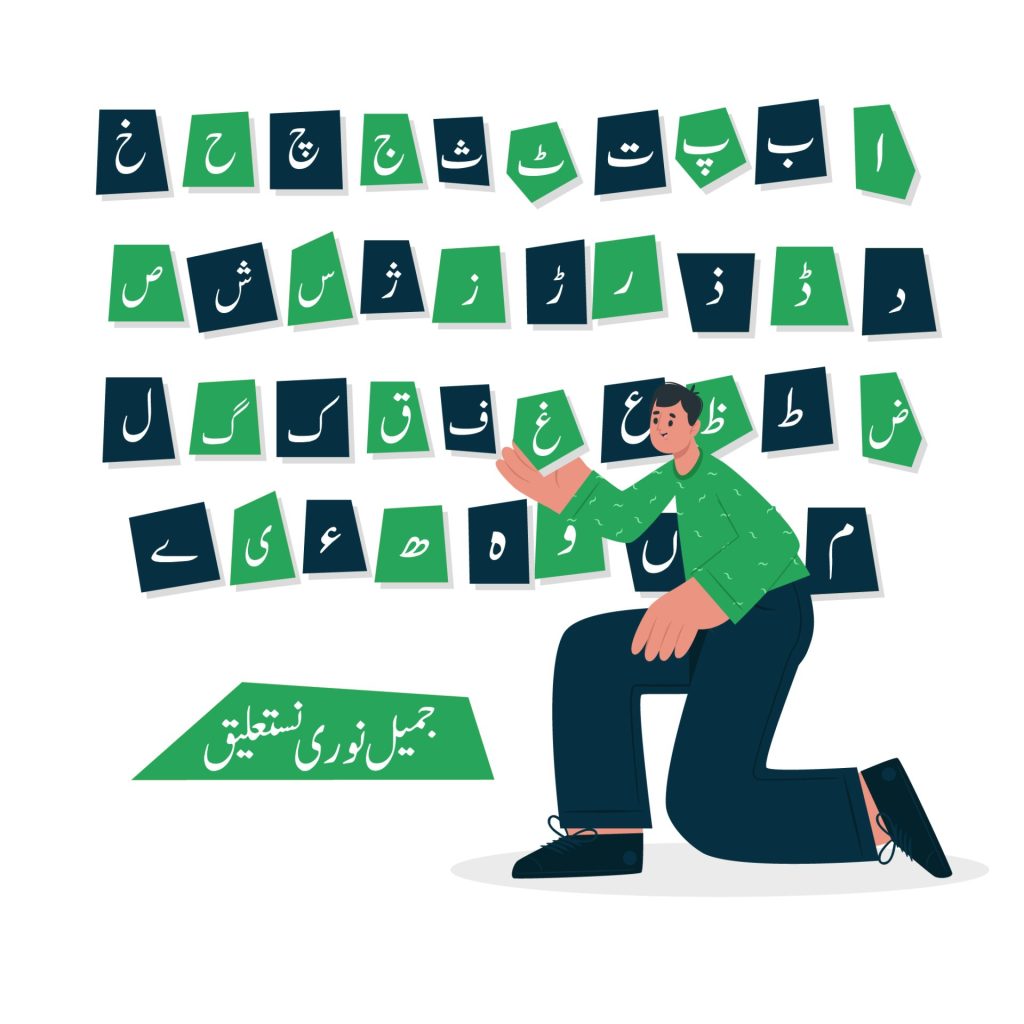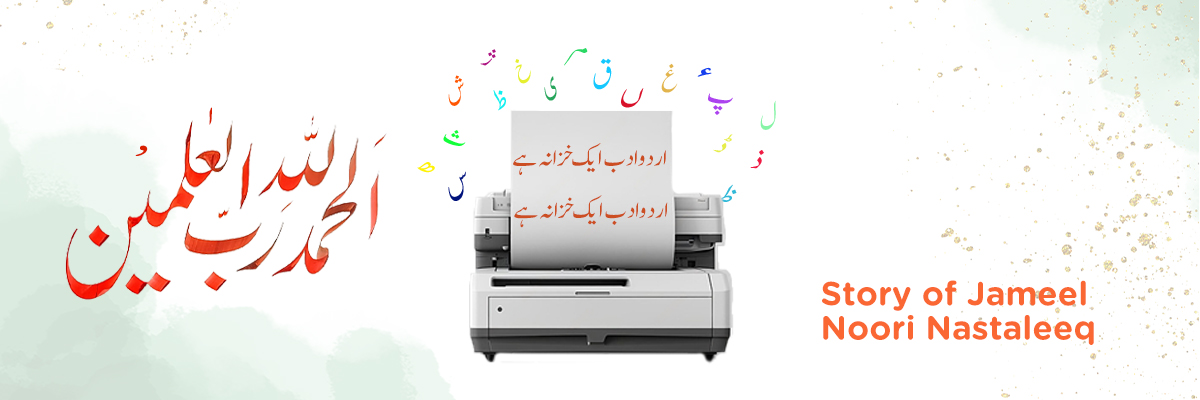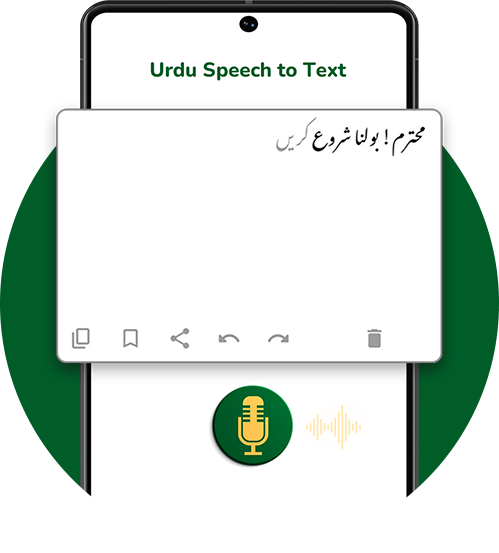A well-known Pakistani calligrapher, Ahmad Mirza Jamil was popular for development of his Noori style of Nastaliq. He created the 1st ever digital Urdu font in the collaboration with a company called monotype. The font is named as Jameel Noori Nastaleeq. Before the creation of this font, people used to write Urdu with their hands even for newspapers and magazines. However, the development of Jameel Noori Nastaleeq significantly influenced the digital typography of Urdu and led to the development of different Urdu fonts. Moreover, it was quite tiring and time taking to type Urdu by hands but at that time, individuals do not have any other option.
Ahmad Mirza Jamil made the work of people easier by allowing to type Urdu in computers. Below, we will have a detailed discussion regarding the history of this font, Jameel Noori Nastaliq, and how it developed and adopted by people. Yon can learn more and also Download this font by clicking on the “download button”.
| Attribute | Details |
|---|---|
| Font Name | Jameel Noori Nastaliq |
| Font Type | Nastaliq script |
| Creator | Ahmad Mirza Jamil |
| Development Year | 1981 |
| Language | Urdu |
| Achievement | Tamgha-e-Imtiaz |
| Features | Flowing lines, thick & varying strokes, elegant appearace |
| Uses | Social media content, websites & blogs, educational materials, Advertising and Marketing, Cultural and Literary Works |
History of Nastaliq Script
In the 14th century, Nastaliq script originated in Iran. This script got emerged from the Naskh script and was originally utilized for writing Persian poetry. It was popular for its elegant as well as flowing strokes. After that, in the 15th century, Noori Nastaliq style of Nastaliq script was created by a famous calligrapher of that time, Mir Ali Tabrizi. Noori Nastaleeq style was characterized by its exceptional mixture of Naskh & Taliq scripts, which led to a clearer and transparent script. With time, this script extended to other countries of the universe, incorporating the Indian subcontinent, where it became a crucial part of Urdu literature. Learn about the origin of Perso-Arabic Script Nastaliq that gave life to other South Asian languages.
Development of Jameel Noori Nastaliq
Ahmad Jamil Mirza’s Noori Nastaleeq became the well-defined standard for Urdu calligraphy and was widely used for writing literature, poetry, and any other types of written communication.
The Influence of Jameel Noori Nastaliq on Urdu Typography
The creation of Jameel Noori Nastaleeq font had a huge influence on Urdu typography. It provides a traditional and cultural alternative to digital fonts. Its global adoption has allowed Urdu content creators to generate high-quality digital content that is both visually attractive and legible. Furthermore, it has likewise inspired many calligraphers and typographers to develop their own digital Urdu fonts of Nastaliq script, further improving the industry of Urdu typography.
The Popularity of Jameel Noori Nastaleeq and How People Adopted it?

Jameel Noori Nastaleeq attracts the attention of viewers and shows elegance due to its thick and varying strokes. The flowing lines as well as curves reflect the sophistication of the Nastaliq script, guaranteeing clarity and readability despite its ordinary appearance. The font has gotten huge popularity as well as worldwide adoption among other Urdu content creators because of its clarity and readability in both print and digital media. Even though it is best to use for for short texts because of its intricate design, however, you can use this font in Quran writing, branding, advertising, invitations, etc., where its exclusive style provides a touch of culture and tradition. Because of its versatility, it is now used in Pakistan and other Asian countries where Urdu language is spoken. Read more about Top 12 Urdu Calligraphers who devoted their lives to continue the legacy of Urdu calligraphy.
Conclusion
Undoubtedly, Jameel Noori Nastaleeq font has a rich history because it was the first ever digital Urdu font created by Ahmed Mirza Jamil in a collaboration with monotype. Ranging from its development in the 14th century to its digital creation in the 1980s, this font has become a number one choice of Urdu typographers because of its elegance as well as cultural appearance. Moreover, its worldwide adoption had a huge effect on Urdu typography, improving and leading to the development of other digital Urdu fonts.






